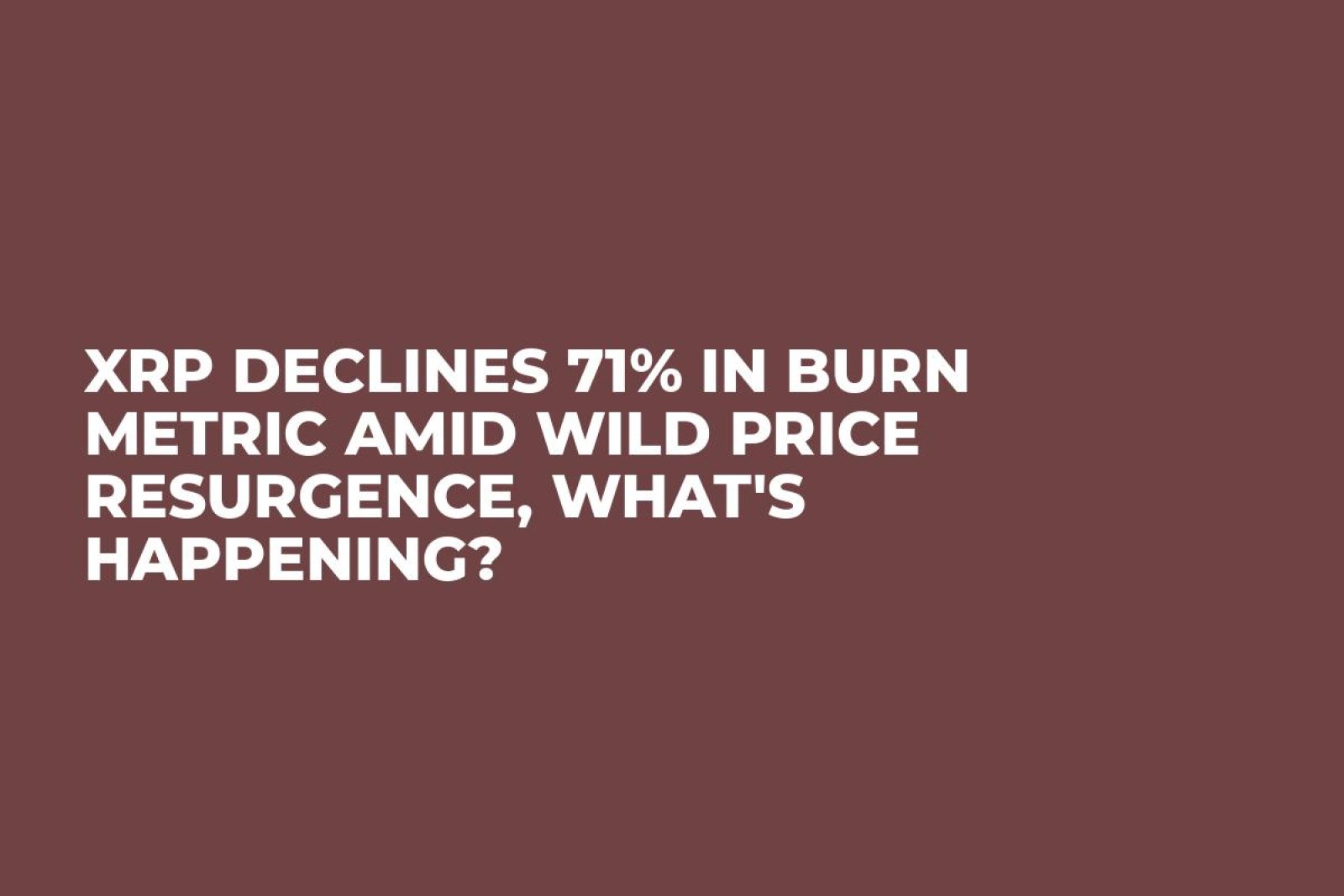XRP has seen its on-chain activity drop significantly, moving in contrast with its trading price, which has seen a major resurgence over the last day.
According to data provided by on-chain analytics platform XRPScan, the amount of XRP burned as transaction fees fell from 616 XRP on Oct. 17 to just 178 XRP on Oct. 18, marking a massive decline of 71.26% over the last 24 hours.
This sharp decline in XRP’s burn activity has raised eyebrows across the crypto community as it coincides with a massive resurgence in the price of XRP.
After several days of brutal consolidation, XRP is finally on the green side with a massive daily surge over 5.26% in the last 24 hours. This sharp resurgence witnessed today marks the strongest single-day recovery the leading altcoin has experienced in recent weeks.
According to data from CoinMarketCap, XRP has hit an intraday high of $2.37, with its price hovering the level as of writing time.
XRP combines price surge with plummeting burn rate
While XRP’s price movement today has restored hope to the market, it’s burn metric comes as a surprise as burn rates are expected to reflect the intensity of network usage and transaction volume.
On the contrary, the plummeting burn rate has come at a time when the entire crypto market is experiencing a rebound, with several major altcoins posting modest gains. Hence, positive momentum is expected to drive growth in transaction volume and on-chain activity for XRP.
Apparently, XRP’s rally has come with a twist, projecting an unusual combination of rising price momentum and falling on-chain burn activity, catching the attention of market participants.
Considering the rare XRP rally dynamics, it appears that the decline in burn rate could be a sign of lower transaction congestion or improved network efficiency in the face of surging demand.
Nonetheless, there are speculations that the contrasting metric is signaling a strategic shift in how large holders and institutional participants are interacting with the network due to Ripple’s relentless innovations and development.
